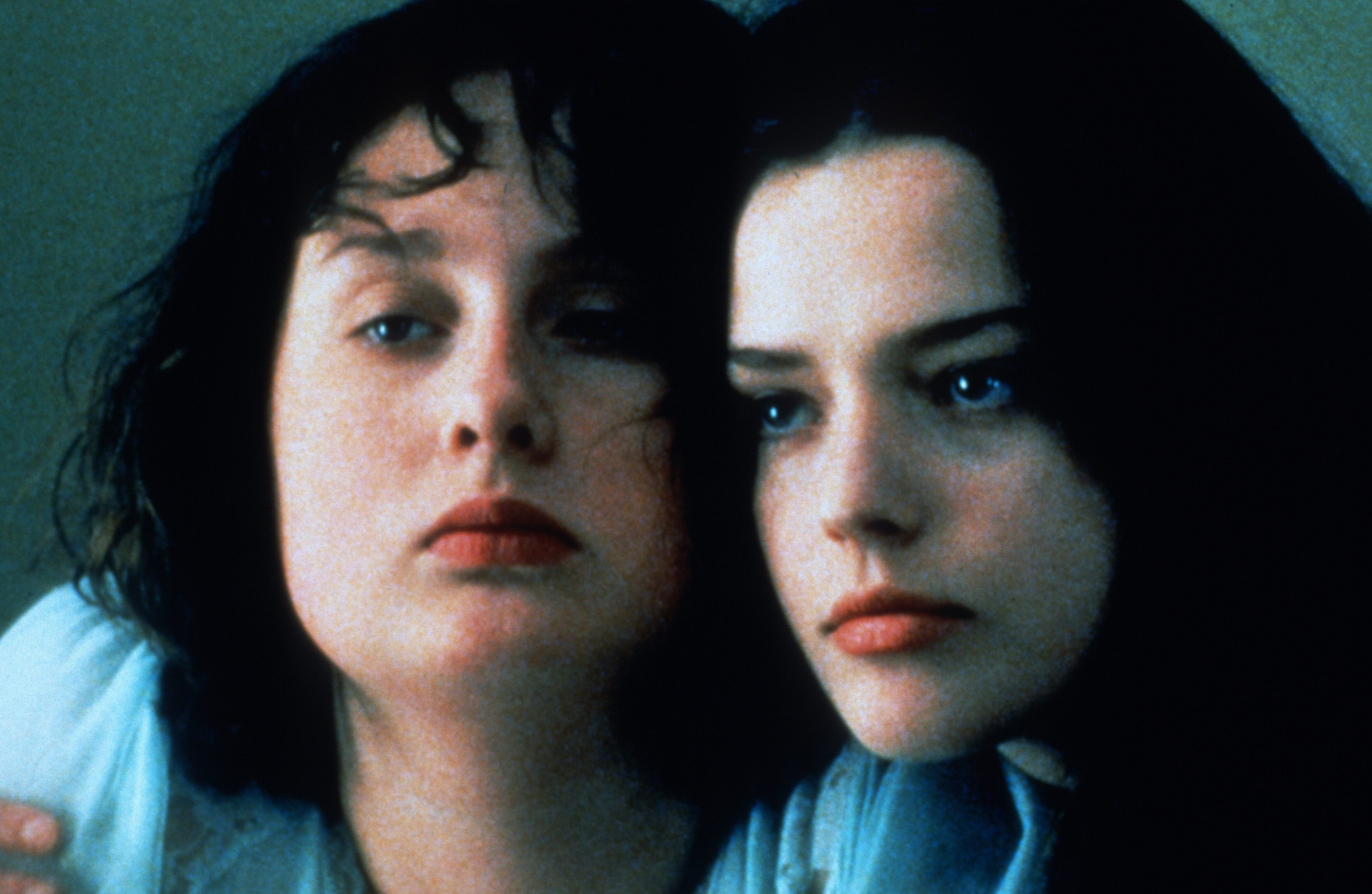Writer and director Catherine Breillat is a steady fixture in the transgressive film movement known as “New French Extremism.” Descendants of Pier Paolo Pasolini, David Cronenberg and American Exploitation cinema, this turn of the century movement is determined to break taboos, forcing audiences to look at sexual ugliness and, often, savage violence. The films are fleshy and corporeal, bordering on pornographic at times – but the aim is not arousal. In the case of Breillat’s Fat Girl (2001), the feelings it elicits are far more complex.
The follow-up to Romance (1999) – Breillat’s notorious film about a woman’s sexual dissatisfaction, violent betrayal, and self-loathing – Fat Girl may be less explicit, but no less brutal. It studies the relationship between chubby 12-year-old Anais Pingot (Anais Reboux) and her svelte 15-year-old sister Elena Pingot (Roxane Mesquida), who vacation with their parents on the French seaside. Bored one day, they walk to town and discuss relationships and their virginities. Flirty, romantic Elena says she wants to save sex for someone who loves her, while stoic, smart Anais thinks it’s better to lose one’s virginity to a “nobody.” In town, they meet an Italian law student, Fernando, who takes an instant liking to Elena, which puts a strain on her previous stance and affects the girls’ vacation.
Breillat revels in uncomfortably long takes throughout the film. As in Romance, the sex scenes in Fat Girl last over 7-minutes. And as the film moves toward its stunning ending, Breillat spends significant time on Mrs. Pingot (Arsinee Khanjian) awkwardly weaving in out of highway lanes, nearly crashing on several occasions. These long takes on the road build suspense and menace. The final moments of the film are shocking, harshly illustrating Anais’ resigned perceptions of sex.
Despite visual allusions to the coming-of-age film par excellence, Francois Truffaut’s The 400 Blows (1959) – with its seaside scenes of Anais on the shore, and its final shot, with Anais looking right at the camera, frozen – Breillat admits her purposeful break from the French New Wave in an interview with B. Ruby Rich. Rich draws a connection between Fat Girl and Eric Rohmer’s Pauline at the Beach (1983), which likewise focuses on two young girls and their curiosity about boys one summer. But Breillat adamantly resists Rohmer’s romantic portrayal of the young girls’ first loves. Fat Girl is more interested in what Breillat says is the “ongoing antagonism between romanticism and desire.” For her, girlhood desire is particularly ambiguous – not to be sentimentalized. It is mired in society’s contradictory demands that girls are at once virginal and sexually ripe.
Breillat says the inspiration for the film comes from precisely this “hypocrisy.” She read a tabloid that reported an adolescent girl had been raped but had saved her own life while others were killed, because she understood that if she accepted the rape, she would not be harmed. Breillat pointed out that the tabloid “told this story from both a politically correct point of view and in such a way to give you a sensational feeling of sexuality, to sell papers. This hypocrisy was horrible to me.” With both Elena and Anais’ encounters with men, we see, viscerally, how girlhood fantasies of romance and independent thinking are complicated by the punishments and rewards of sexual coercion.
With Fat Girl, Breillat remains committed “to the young girl as the central figure in cinema,” and like her other notable film about girlhood sexuality, Junior Size 36 (1988), she sought to cast actual adolescent and teenage girls for the roles of Anais and Elena, respectively. Breillat came under fire in the case of Junior Size 36, because when she cast Delphine Zentout for the role of Lili, she was just 15 years old. Given Zentout’s sex scenes, the film would be banned in several countries because of indecency laws. But Zentout turned 16 just three days before production. Roxane Mesquida was 17 years old, but certainly looks much younger in the film. Anais Reboux was 13 years old when Breillat discovered her, eating at a McDonalds. Breillat seems to recreate this scene repeatedly in the film, especially toward the end of the film when Anais is eating snacks, covered in crumbs, as her mother drives.
Another noteworthy cast member is Laura Betti, the great Pasolini actress who plays Fernando’s mother. The girls also watch young Betti, as herself, on television one afternoon, discussing society’s confusing messages about sex in an interview. It’s unclear whether Breillat condemns the impossible positions that women and girls are forced into or if Fat Girl is merely a mirror of an untamable misogyny that’s par for the gendered course. If it’s the latter, Fat Girl, like many of Breillat’s films, does not offer the empowered satisfaction of the best exploitation films about rape, but, then again, that might be the point.
















